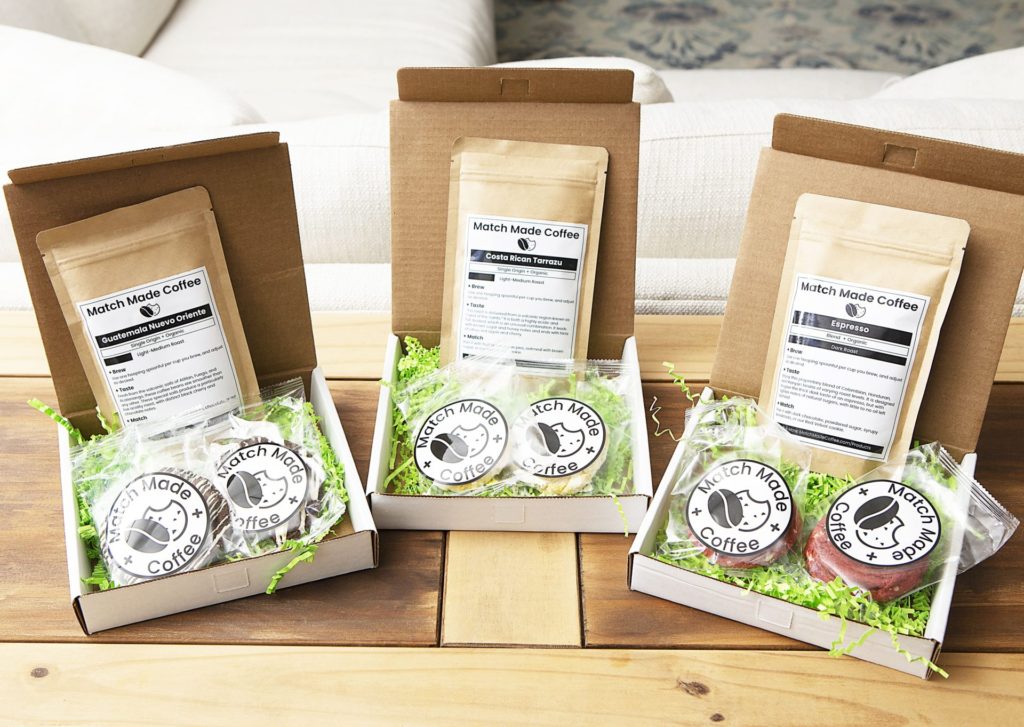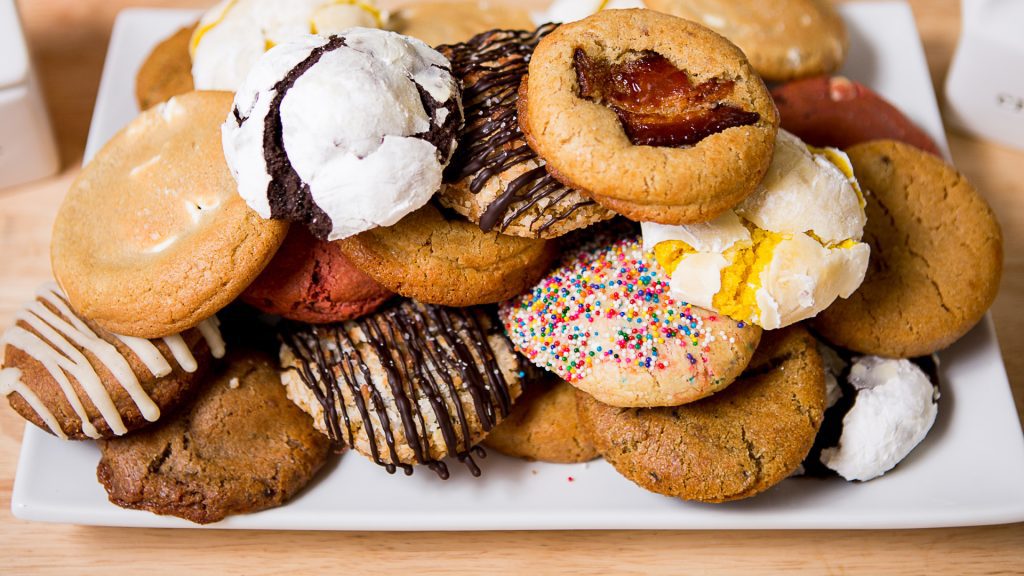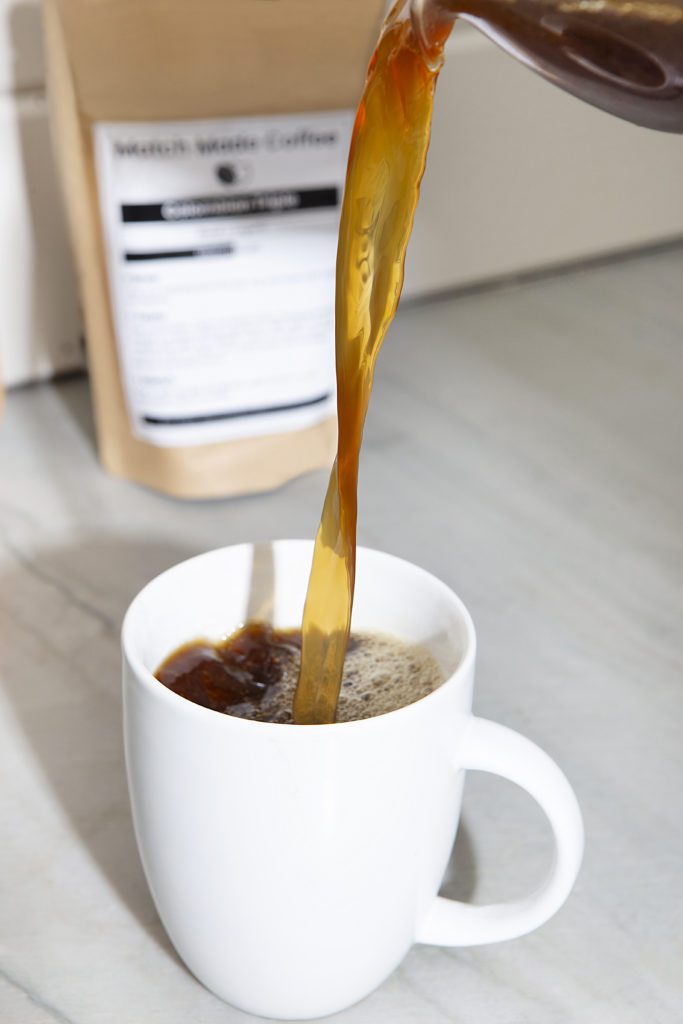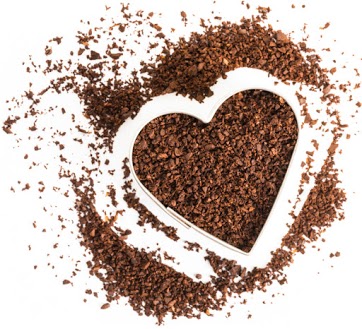The third wave of coffee is a term that was coined in a newsletter by the Specialty Coffee Association of America back in 2002, and essentially means that we are entering a phase of coffee production where it is becoming more artisanal and a craft coffee type of conception. We have so much control over a huge variety of coffee beans, and a wide range of places to grow them, ways to clean them and roast them, different waters to influence it just so. Coffee is entering the same arena that craft beers and micro breweries recently started dominating, and that wines have been in for quite some time.
We’ve been going into tons of details here on our blog about the seemingly infinite levels of intricacies that go into making the best cup of coffee you’ve ever had. There are tons of different coffee beans, each bean being grown in varying climates and elevations which produce different flavors, and it is also influenced by how it is processed. You can have a variety of coffee beans, each providing a different flavor profile, and the water used and the water extraction also influence the coffee output.
But, what we haven’t elaborated on yet, is all of the different ways to roast a bean, and what that ultimately means for your coffee. There are 5 “levels” of roasts, starting with unroasted, and moving it’s way towards more and more roasted. We’ll list the name of the roast, the roast classification, and the temperatures used to cause that roast.
Coffee first came around about 1000 years ago, but it wasn’t until the 1400s that coffee roasting technology really started to take off, beginning in the middle east. The first methods weren’t really that fancy and really just consisted over a large flat spoon that got placed into a fire, with a smaller stirring spoon to help evenly roast everything.
As time went on, it started to become a flat perforated pan with a long handle that was placed over a large container of coals. Still not too fancy, but it got the job done. A couple hundred years later a large cylinder with a crank was developed to allow for roasting higher quantities.





